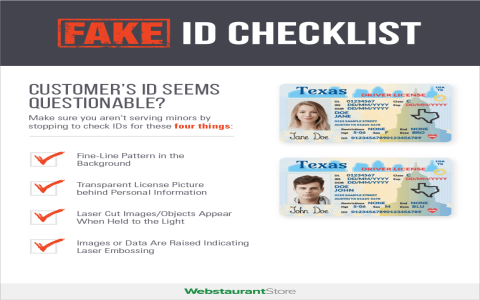So, the other day I was messing around with this idea I had for a project – “fake clubs.” I mean, who hasn’t dreamed of being part of some exclusive club, right? I wanted to see if I could whip up something that kinda gave off that vibe. Just for fun, you know?

First thing I did was sketch out a rough plan. Nothing fancy, just a basic idea of what I wanted this thing to look like and how it should work. I figured I needed some sort of database to store all the “club” info and member details. So, I set up a simple database using this tool I found online. It wasn’t too complicated, thank goodness.
Next up, I started coding the backend. I went with Python because, well, it’s what I’m most comfortable with. I wrote a bunch of functions to handle stuff like adding new clubs, registering members, you know, the usual stuff. It was a bit of a grind, but I managed to get it all working after a few late nights and a whole lot of coffee.
Then came the frontend. I decided to use a basic HTML/CSS/JavaScript setup. I ain’t no design whiz, but I cobbled together something that looked halfway decent. I even added some cool animations to make it feel a bit more “exclusive.”
- Created a basic HTML structure for the pages.
- Styled it up with some CSS to make it look presentable.
- Used JavaScript to handle user interactions and make it dynamic.
Once I had the frontend and backend talking to each other, I started testing everything. I made up a bunch of fake clubs, added some imaginary members, and just generally played around with it to see if anything would break. Surprisingly, it held up pretty well!
Finally, I deployed the whole thing to a free hosting service I found. It wasn’t the most secure setup, but hey, it was just a fun little project. I shared it with a few friends, and they got a kick out of it. Some of them even started adding their own crazy club ideas.

So yeah, that’s the story of my “fake clubs” project. It was a fun way to kill some time and learn a few new things along the way. Maybe I’ll revisit it someday and add some more features, who knows?
What I used to get it done:
- Python for the backend logic.
- Some online database tool.
- HTML, CSS, and JavaScript for the frontend magic.
- A free hosting service to put it all online.
Nothing ground breaking, but it was a good way to pass time!













